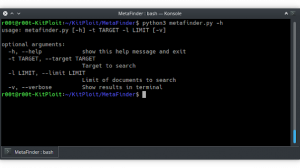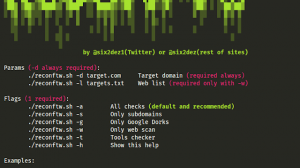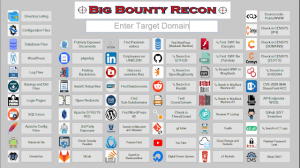Sandmap is a tool supporting network and system reconnaissance using the massive Nmap engine. It provides a user-friendly interface, automates and speeds up scanning and allows you to easily use many advanced scanning techniques.
Key Features
- simple CLI with the ability to run pure Nmap engine
- predefined scans included in the modules
- support Nmap Scripting Engine (NSE)
- TOR support (with proxychains)
- multiple scans at one time
- at this point: 9 modules with 201 scan profiles
Sandmap provides simple and intuitive cli that supports the entire reconnaissance process using the built-in Nmap options.
Cli consists of two levels:
cli(main)>– the main level by means of which we can set and display session parameters, display information about modules, obtain a list of profiles in a given module, enable a given module and manipulate a temporary command stack.cli(module_name)>– level of the module that provides many commands available in the main menu. The main differences are the ability to run scan profiles and add them to the temporary stack of commands, as well as displaying the description of each profile.
list
This parameter displays all available modules along with the number of profiles and a short description.
cli(main)> list
Module Profiles Description
------ -------- -----------
host_discovery 11 Nmap Host Discovery module
nse_version 23 NSE 'version' category module
nse_vuln 110 NSE 'vuln' category module
os_detection 4 Nmap OS Detection module
port_scan 11 Nmap Port Scan types module
service_detection 5 Service and Version Detection module
zenmap_scan 10 Zenmap module
All Modules: 7
All Profiles: 174
Requirements
Sandmap uses external utilities to be installed before running:
How To Use
It’s simple:
# Clone this repository
git clone https://github.com/trimstray/sandmap
# Go into the repository
cd sandmap
# Install
./setup.sh install
# Run the app
sandmap






















Add Comment